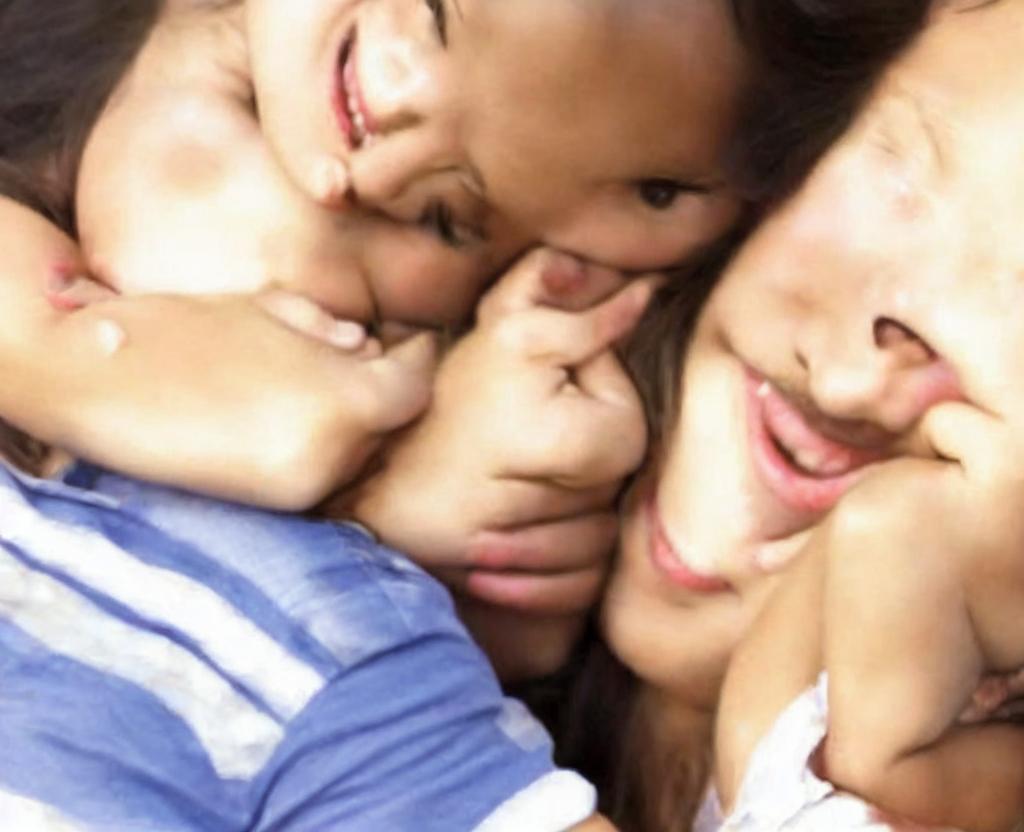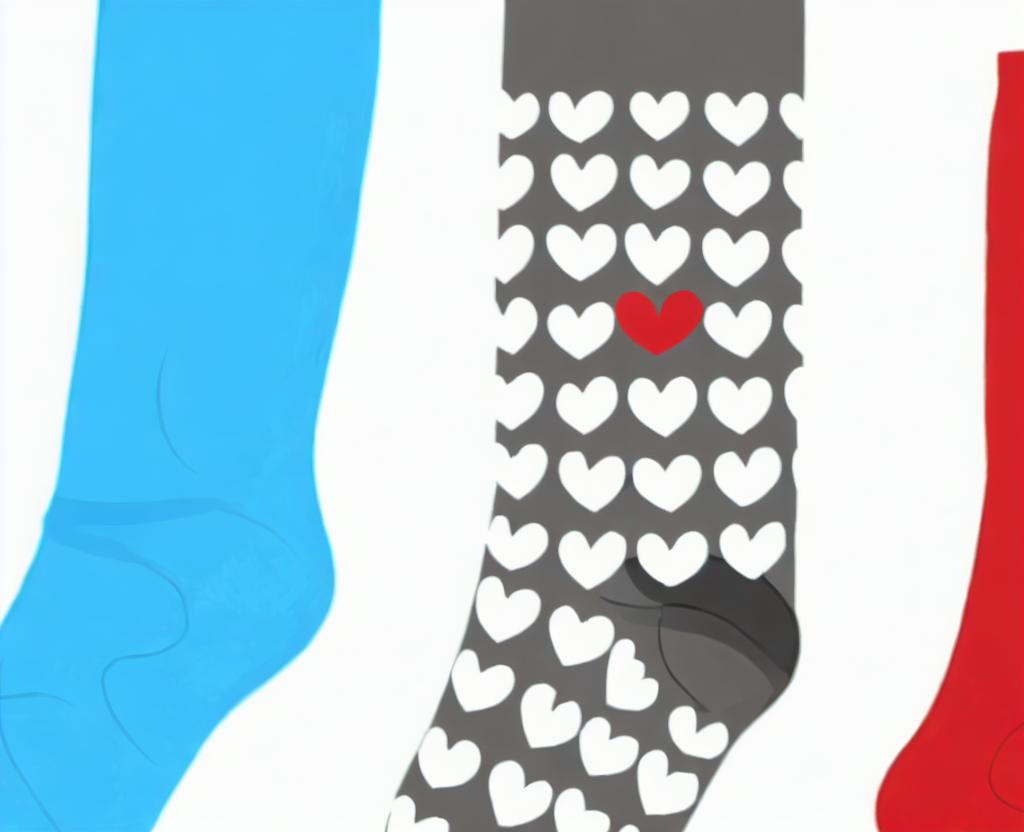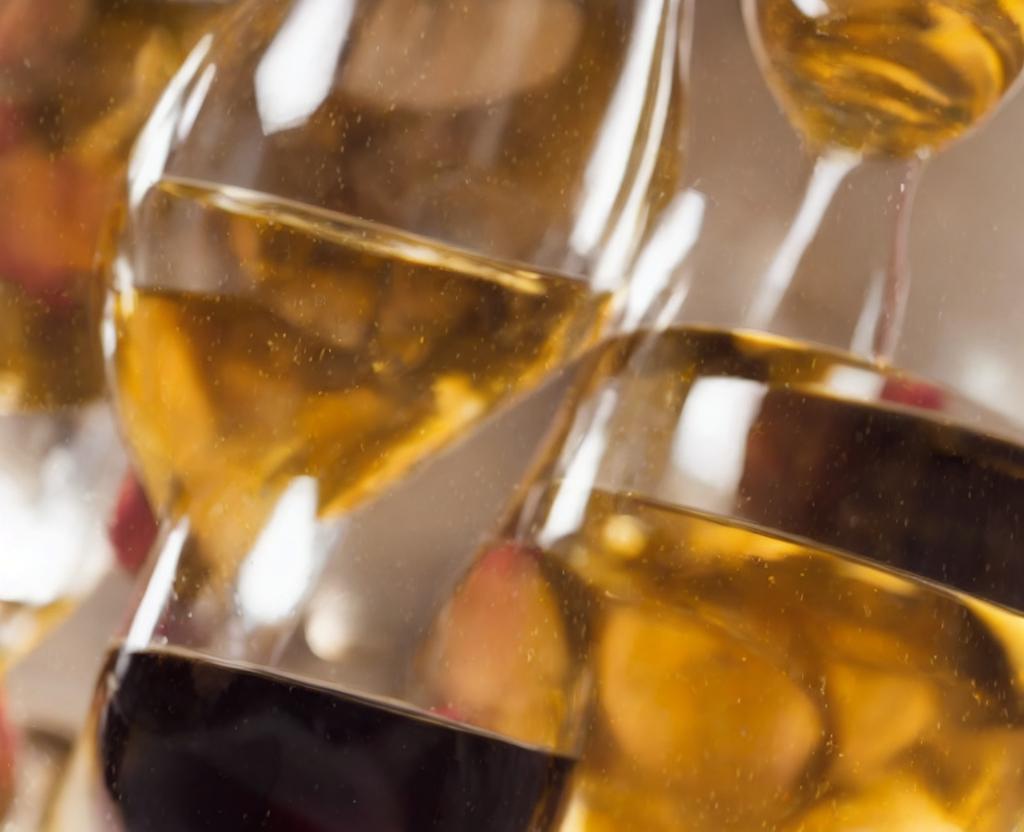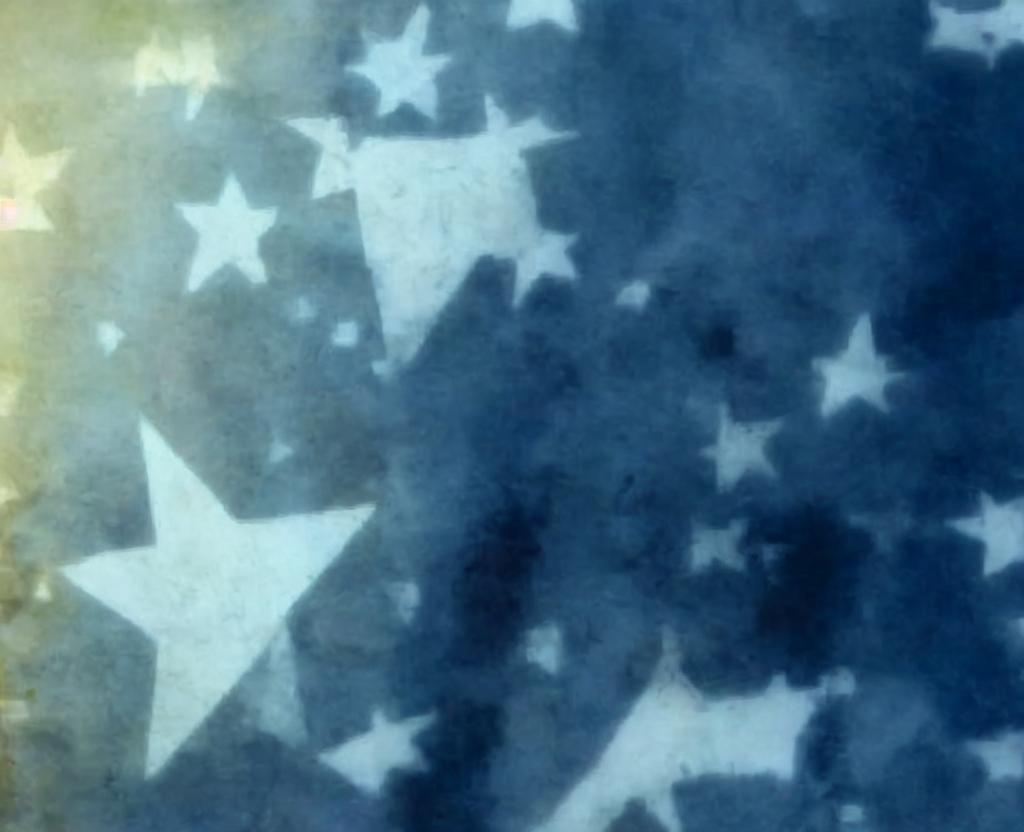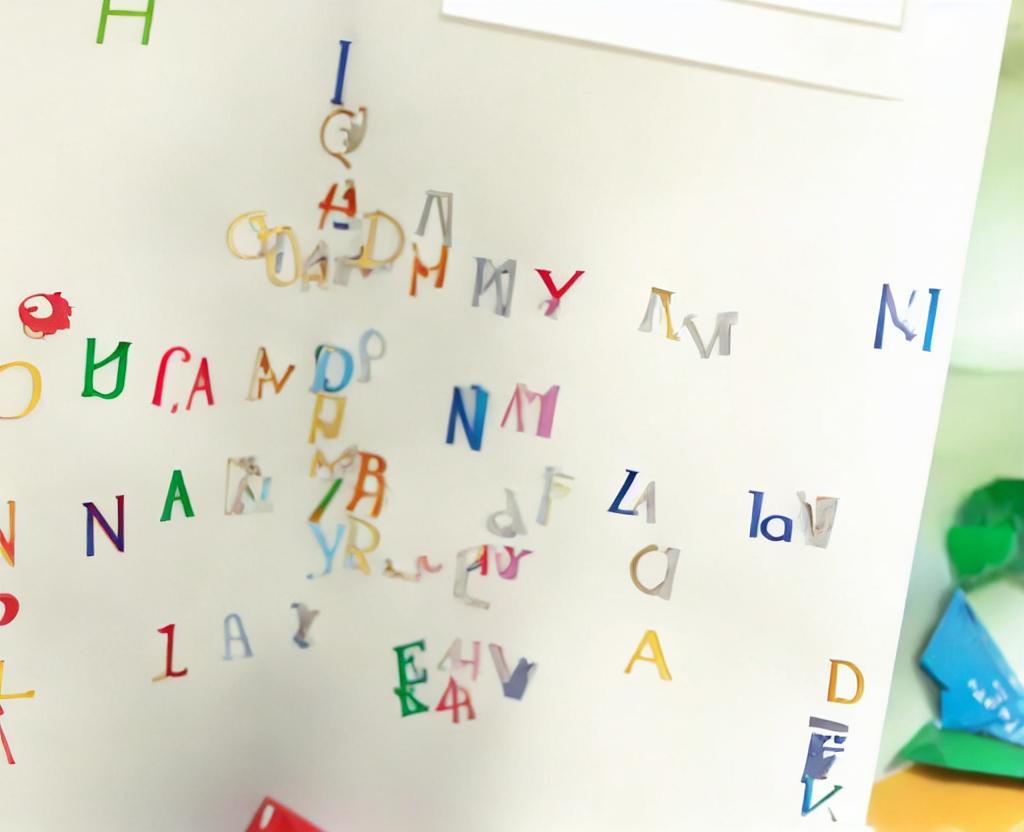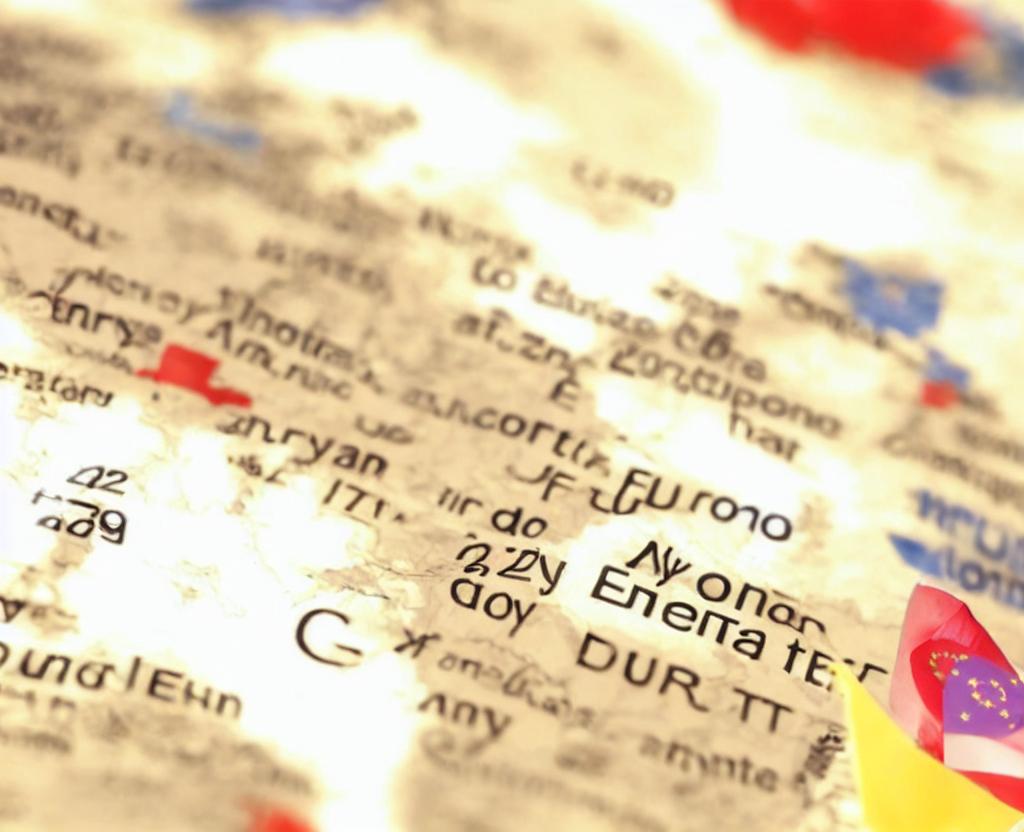
Europe Day
On May 9th, Europe Day highlights the diversity of the world's second smallest continent's second largest continent. It's also a day that the European Union (EU) commemorates peace and unity in Europe.
Europe is divided into the southern, northern, eastern, and western hemispheres.. According to the United Nations, there are currently 44 countries in Europe, out of which 44 countries are currently 44 countries. Twenty-seven of these countries are members of the EU, and twenty-seven of them are EU citizens. Russia is Europe's most populated and wealthy country. Nearly 146 million people live in Russia. With nearly 84 million people, Germany is the next most populated region. The next most populated region is Germany. Europe is now made up of four dependencies or territories. These include the Channel Islands, Isle of Man, Faeroe Islands, and Gibraltar.
Although English is Europe's most common spoken language, Europeans speak 200 languages. Although English is the most commonly used word in Europe, Europeans speak 200 languages. 24 of these languages are official, with 24 of them being official. Other commonly spoken languages include French, German, Spanish, and Russian. More than half of all Europeans are bilingual, and many Europeans speak three languages. Around 10% of Europeans speak four languages.
Among Europe's most significant historical events are:
- The Renaissance
- Colonialism and Imperialism were both present in Colonialism and Imperialism
- Protestant Reformation The Protestant Reformation was a Protestant Reformation. The Protestant Reformation was a Protestant Reformation. The Protestant Reformation was a Protestant Reformation
- The Enlightenment
- French Revolution
- The Industrial Revolution in Industrial Revolution The Industrial Revolution in the United States was a industrial revolution
- The Russian Revolutions The Russian Revolutions The Russian Revolutions were a Russian Revolution. The Russian Revolutions were a Russian Revolution
World War I and World War II began and ended in Europe, where World War I and World War II began and ended. Today, Europe is known for its stunning cities, cultural diversity, delectable food and wine, and romantic destinations.
How to celebrate #europeday.
With a variety of activities, Europeans from all around the continent commemorate the day. These include parades, concerts, debates, art exhibits, and more. This day is not restricted to people in Europe, either. Here are some ways you can participate: Here are a few ways you can participate: Here are some ways you can participate: Here are some ways you can participate:
- Have a competition with friends or family to see who has the most countries in Europe. The most countries in Europe are listed below
- Learn about the past of famous European landmarks, including Eiffel Tower, the Colosseum, The Louvre, the Sistine Chapel, and Pisa's Leaning Tower
- Read some excerpts from Leo Tolstoy, Victor Hugo, the Brothers Grimm, and C.S. Lewis' book The Brothers Grimm
- Watch movies from The Sound of Music, Notting Hill, Pride and Prejudice, French Kiss, and Mamma Mia. There are movies that take place in European countries such as The Sound of Music, Notting Hill, Pride and Prejudice, French Kiss, and Mamma Mia
- Also, Dive into foreign-language films from Europe
By posting #EuropeDay on social media, you can help spread the word for the day..
Europe day history
In 1985, the European Communities, which later changed to the EU, celebrated Europe Day. The Schuman Declaration, which was published in 1950, is commemorated on May 9th. Robert Schuman, France's foreign minister, made the announcement. He suggested to unite the French and West German coal and steel industries. This resulted in the establishment of the European Coal and Steel Community, the first European Community.. Europe Day celebrations have grown strongly since the establishment of the EU in 1993. The day is a national holiday in several countries.

